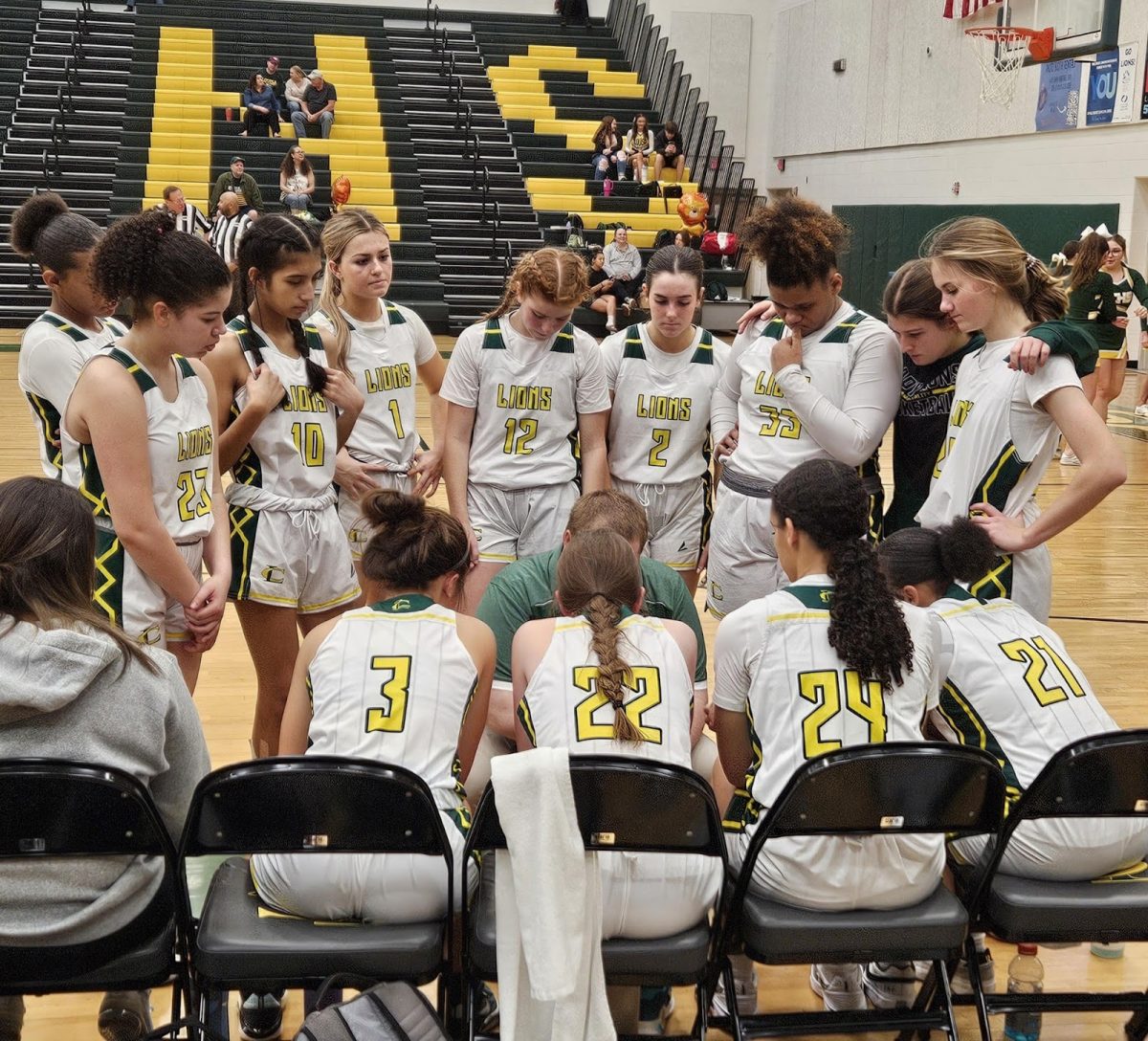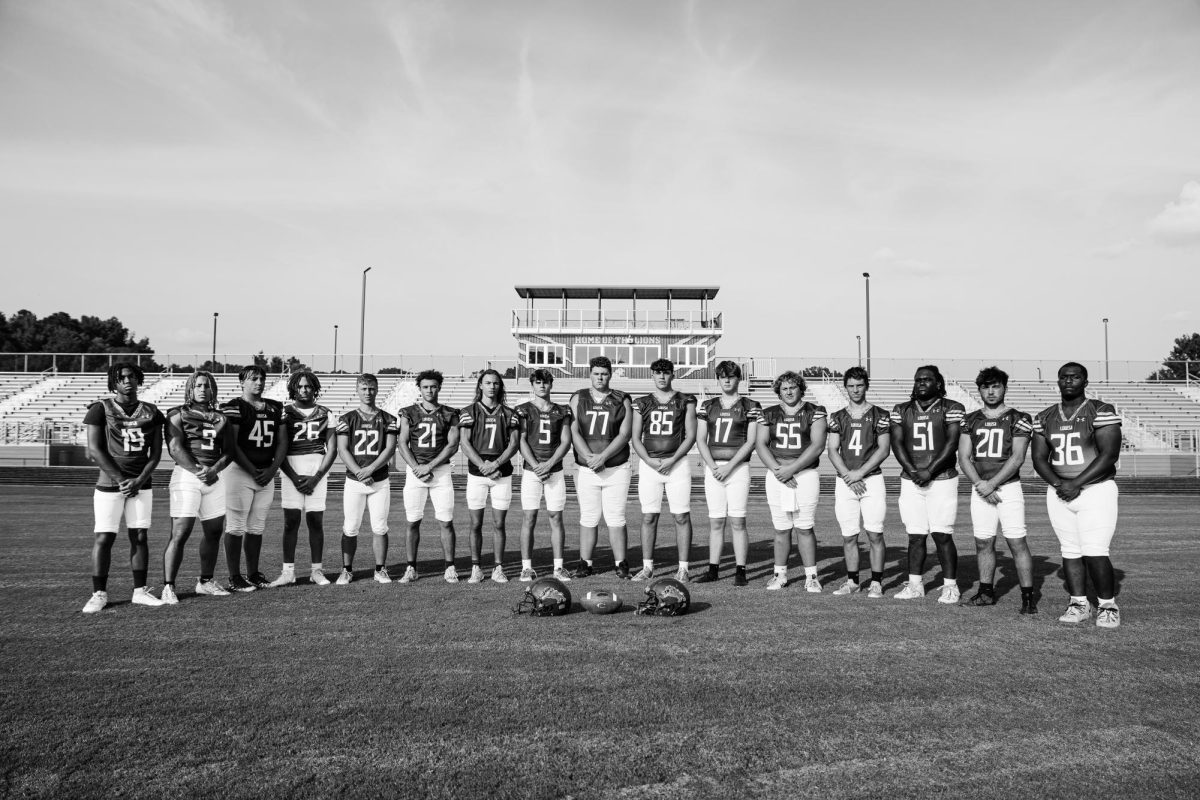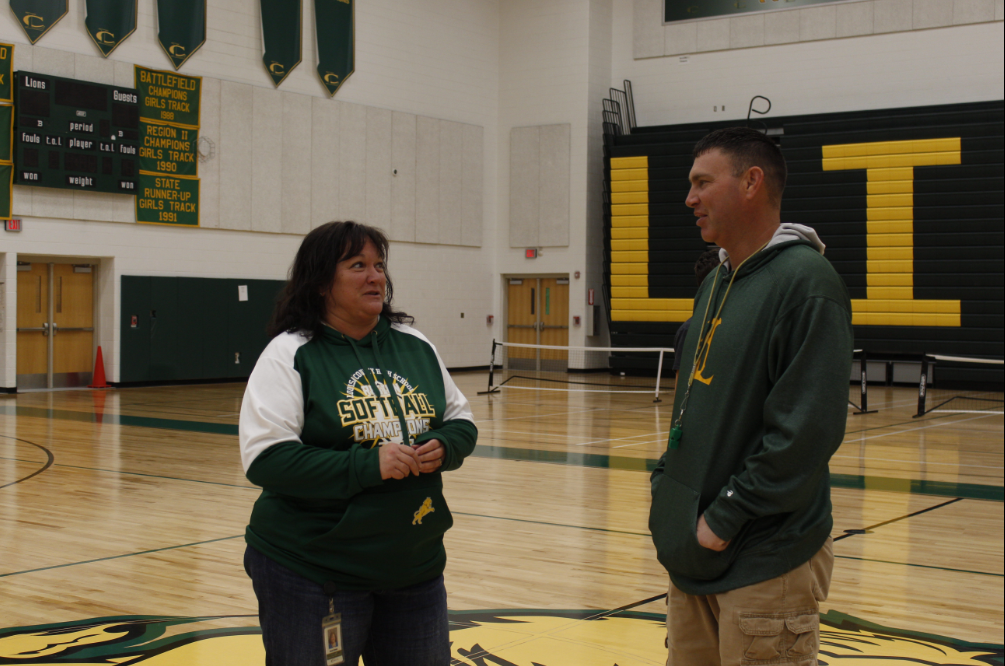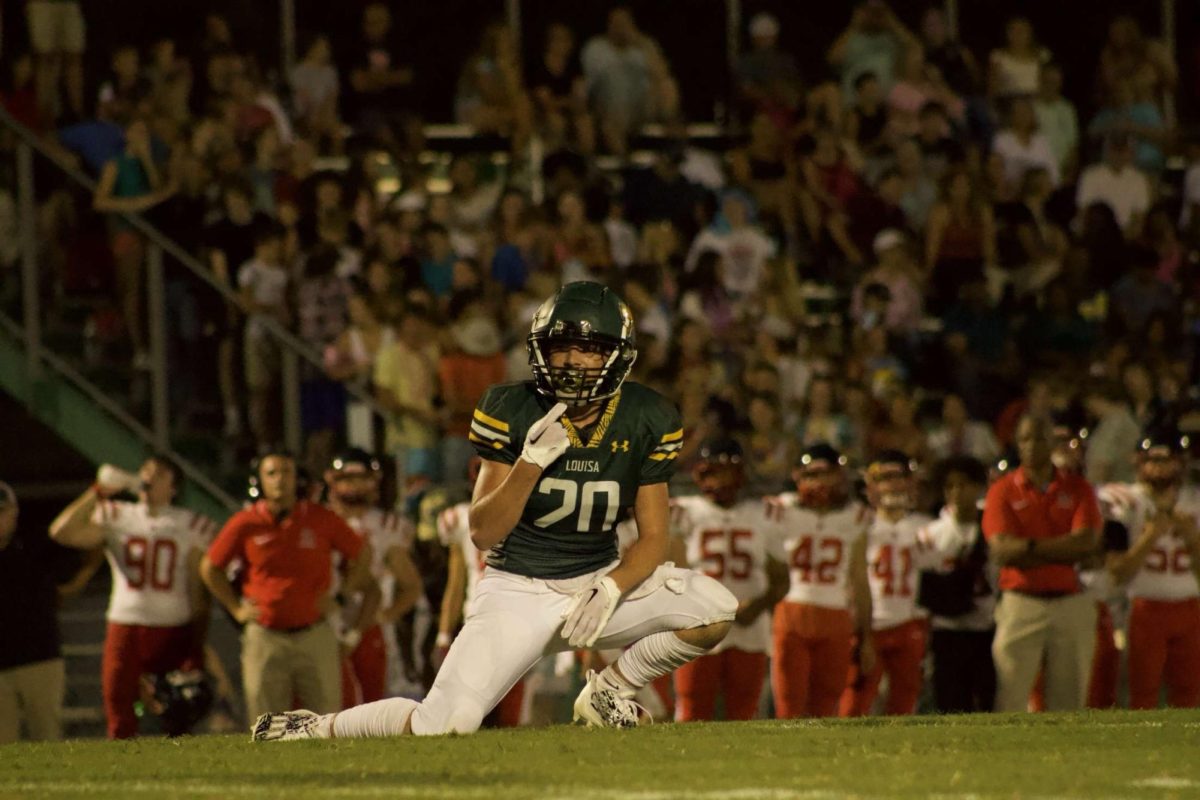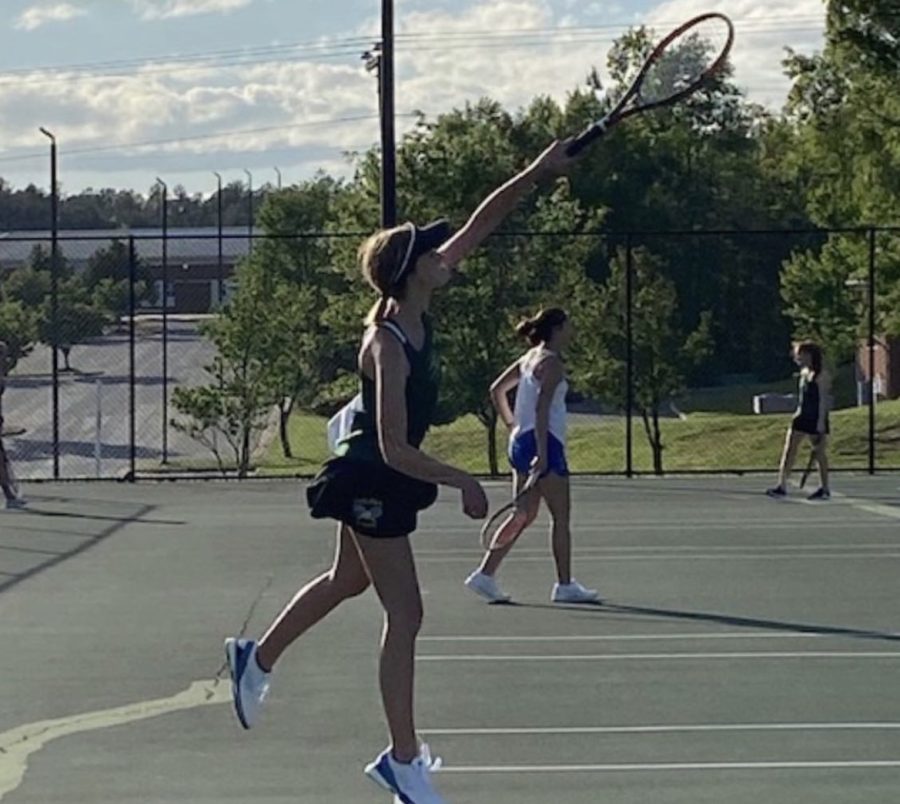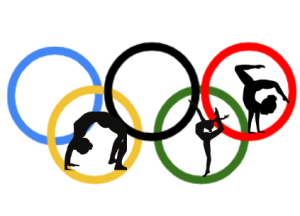Terminology: Tennis
March 1, 2022
Key terms:
Seed – A seed is the number each player is ranked on the team to determine who each player will compete against. There are six different seeds, first being the highest ranking and sixth being the lowest.
Love- Love is when a player has zero points.
Volley- A volley occurs when a player is up at the net and opponents hit the ball back and forth in the air.
Rally- A rally occurs when players are farther from the net and continuously hit it back and forth using ground strokes for a long period of time.
A tennis match has no set time. It ends when one player scores 40 points. Six players from each team compete at the same time. After individual matches, there are doubles matches. High school tennis does not have designated referees.The players make the calls that referees usually would. A set occurs when a player wins one individual match. There are six individual matches and three doubles, whichever team wins the majority of sets wins the entire match.
Before a match, players will be assigned their seed number. They will compete against a player from the other team that is the same seed. Players from the same seed will go to the corresponding number court. Each home player competing will spin the racket and the away player calls out which side of the racket they think will fall face up. This can also be done with a coin. Whoever guesses correctly will choose which side of the court they will play on or whether they serve or receive first. Whatever they don’t pick, the home player will decide what they want. After each odd set number, players switch sides of the court.
Scoring:
A match starts with both players having zero points. This is referred to as “love all”. When the first player prevents the other team from receiving the ball, the score is 50 points to love. The next point scored equals thirty. After that, the points go to forty. If only one player gets to forty points, the following point will make it an automatic win. If players are tied at forty, the server will call out “deuce.” If the server scores, it is called add-in. If the receiver scores first, it’s called add-out. Once the players are at add-in or add-out and the opponent scores, it goes back to deuce. This will continue to happen until someone scores twice and wins. During a doubles match, two players from the same team compete against two opponents. The team serving switches positions horizontally across the court. The team receiving switches positions vertically across the court after each point.
Thank you to Ashlynn Harding and Katelynn Jones for their assistance with this article!










